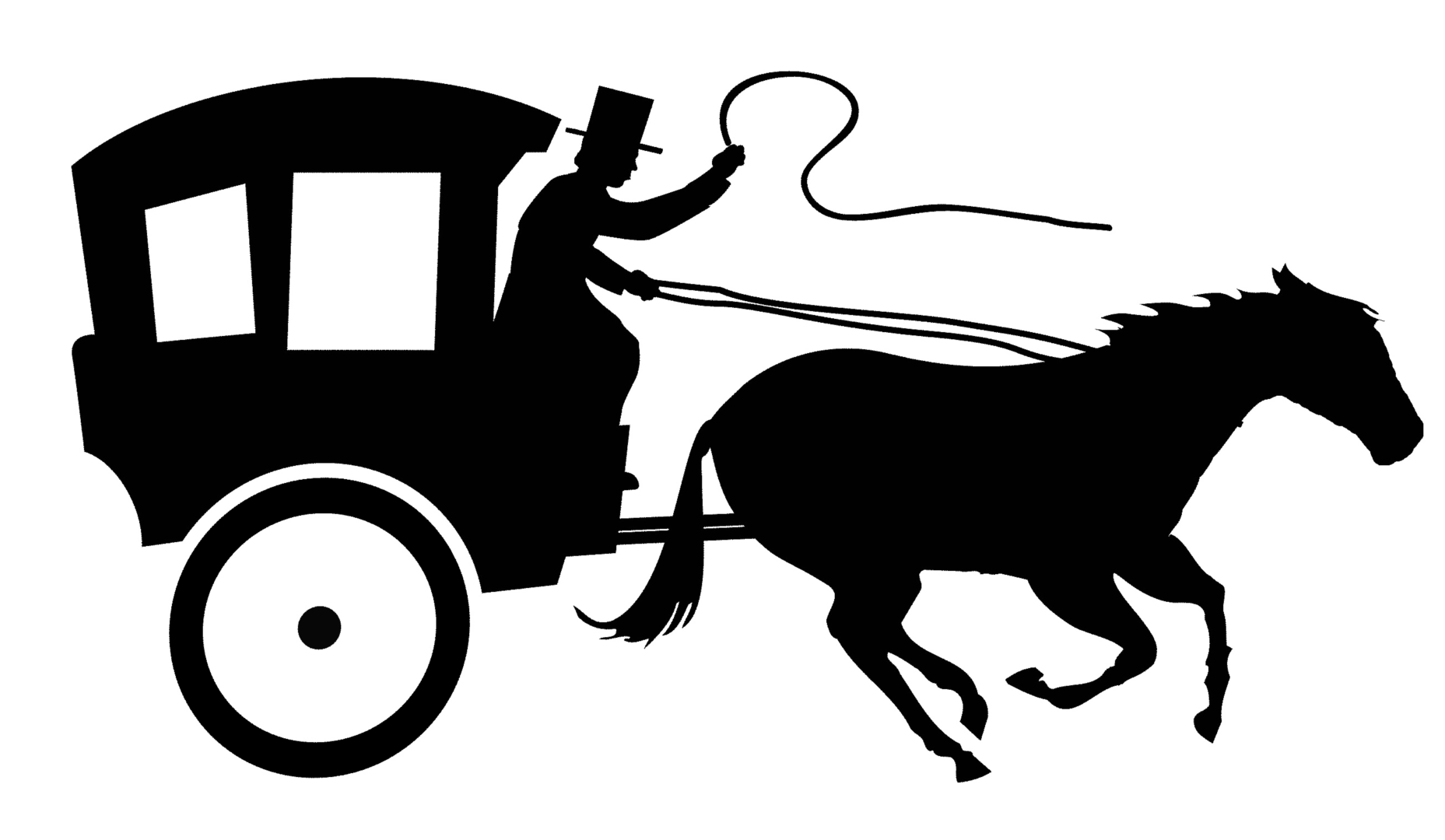Jason Ranek

by Eric Hoffman
Dos Madres Press
2011
15
One might be hard-pressed to find a more appropriate diagnosis of the Western world’s current malaise than Hoffman’s Emerson lamenting, on the Sicilian leg of his European journey:
…perhaps it is humanity’s condition
To disown its past, to forget its implications –
The fountain of Aretheuse
Being used as a wash basin.
We live in a culture in which the past, salable only to the nostalgic and the historian, has less value than the Future, for the blank screen of the Future best accomodates the fantasies and projections of the consumer. The American Eye, Eric Hoffman’s sixth collection of poetry, is an act of compassionate remembering. The book is made up of two poems: in “Emerson in Europe” we follow, via poetic recondensations of his journal entries, Ralph Waldo Emerson’s tour of 1833; and in “The Vast Practical Engine,” a collage of the thought of William James, we are reintroduced to the philosophy of Pragmatism which seeks to rectify the philosophical missteps of Europe and ground the intellectual heritage of America on the foundations of science. Both of these poems challenge the reader to reflect for a moment and take stock—a sometimes painful exercise, as the reckoning does not diminish the irony of our present situation. Remembering the philosophical aspirations of a past age has the unsettling effect of casting our contemporary cultural aspirations into stark relief.
But the philosophical imperative is not the only reason to recommend The American Eye. The quality of the verse presented here is undeniable; there are great pleasures to be had in Hoffman’s lines. In the understated rhythms and gorgeously subtle imagery of “Emerson in Europe,” for example, one finds both the Concord Sage’s sober appraisal of impermanence in a meditation on the tombs of St. John’s Cathedral:
Perhaps the day will come
When no one will remember them,
Or any longer care, & this tomb
Will finally fulfill its purpose
With the same rarefied air. (p. 18)
as well as expressions of his faith in that which transcends the tomb:
The Captain speaks of the superiority
Of the American to the European
Yet light shines equally in either place,
It smiles equally on time & space,
It diminishes & enlarges until both
Are of equal size. It breathes life
Into man & man into life. (p. 7)
One is struck by the sensitivity with which these lines are wrought. In their restraint, one often hears the voice of Emerson at its most pensive. This is a quality sustained throughout Emerson in Europe, and even for those readers unfamiliar with Emerson’s journals one will catch the flavor of precise observation and penetrating meditation with which Emerson recorded his day-to-day activities.
In “The Vast Practical Engine,” we are introduced to the Pragmatist inquiry into the nature of belief and the practical consequences that follow from held beliefs. Asserting that the worth of any belief can be deduced from its usefulness to the believer, Pragmatism attempts to fashion an approach to truth that is rigorous enough to accomodate the scientific method, yet flexible enough to allow for metaphysical belief. Hoffman masterfully plays off this tension in lines such as:
the world is certain
yet we cannot know
for certain its certainty
is all there is
to be known (p. 68)
and:
o my soul
Nothing but a child’s cry
such purity in not knowing
but seeking knowledge
and once in its possession
it is only by degrees
knowing its mutability
and limits – (p. 67)
While “The Vast Practical Engine” is a regrettably short work (only 12 sections), it is full of moments of both visual and musical radiance. Tonally, it is more assertive than “Emerson in Europe,” and carries the reader forward on an eager bubble of energy that provides a noticeable contrast to the slower tempo of Emerson. It also perhaps makes the stronger impression of the two poems, insofar as it focuses a greater intensity on its subject.
The poems in The American Eye lack annotation and assume a familiarity on the part of the reader with both Emersonian and Pragmatic thought; a not insurmountable obstacle to the uninitiated, but perhaps formidable to those readers lacking a liberal arts background. In an age where knowledge is more and more regularly spoonfed (Wiki-fied) to accomodate the ignorant and overly-specialized, this may be one of the triumphs of Hoffman’s poems: the delicacy and beauty of their craft are enough to inspire the careful reader to an investigation of the subject matter behind it. (This reviewer will even confess that Hoffman’s collection compelled him to dig past his own superficial understanding of Pragmatism.)
Through the act of remembering the guiding philosophical lights of America’s past, The American Eye cannot help but sound a lament for an age when the quality of a person’s inner life was assumed to relate directly to that person’s social, economic and political choices. It also sounds a challenge—wrapped in a poetic statement of rare quality—to return to a way of living that again puts the well-ordered soul in a place over and above the marketplace of things and ideologies. This is not so much a return to an idealized Past, as to a set of timeless values that once more broadly informed the intellectual life of Western civilization. Those who heed the challenge will doubtless be among those to save us from a Future driven by the machinery of greed and hatred. The American Eye is an important peak in an expanding literature of conscious human evolution.
Jason Ranek lives in Norway with his wife and three children. He is the author of The Crossing (Lone Willow Press, 2011), and his poetry has appeared in journals on both sides of the Atlantic.

